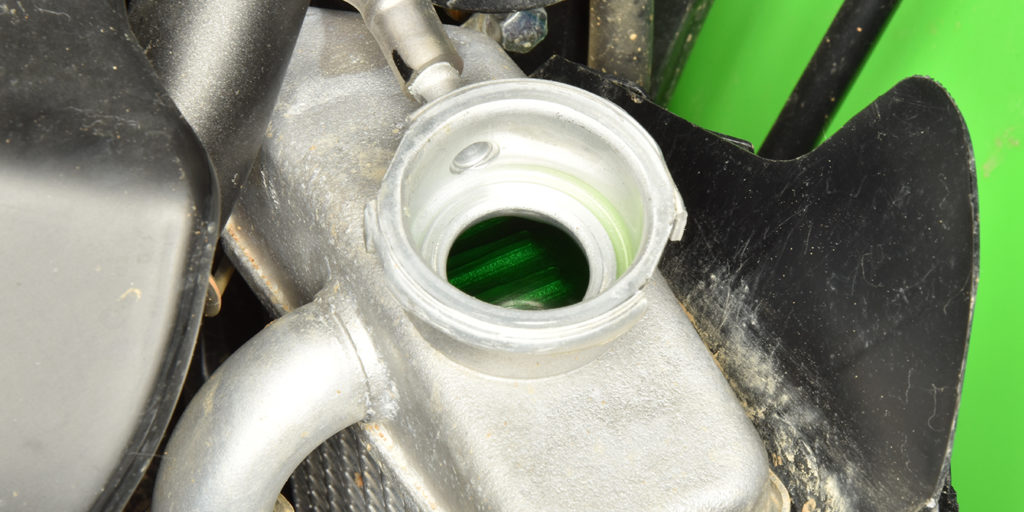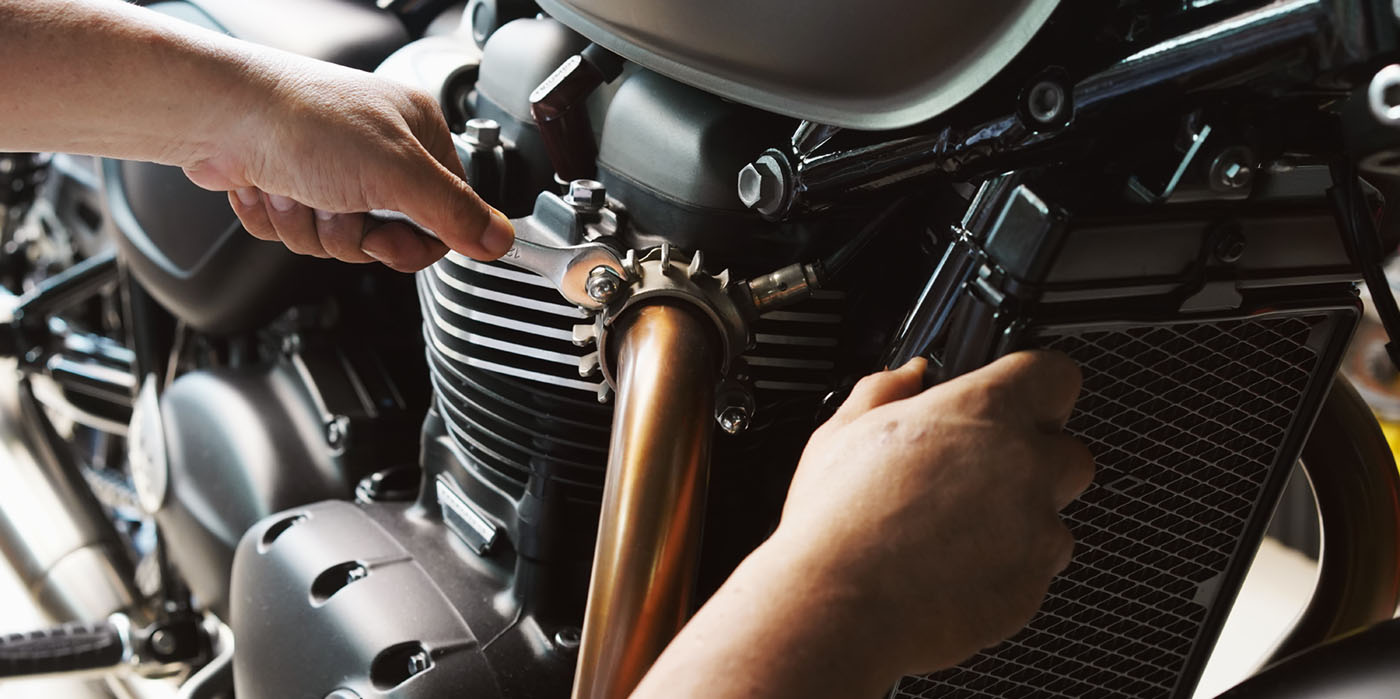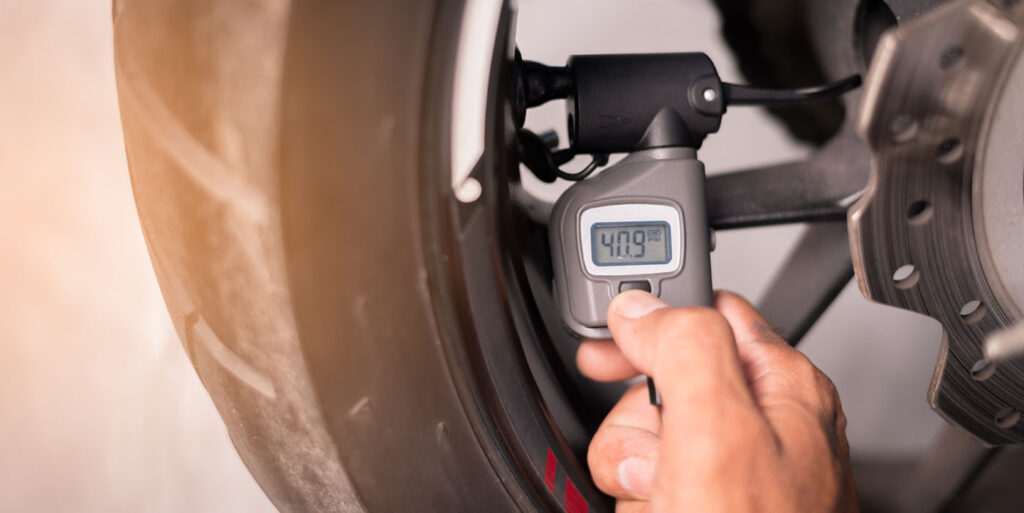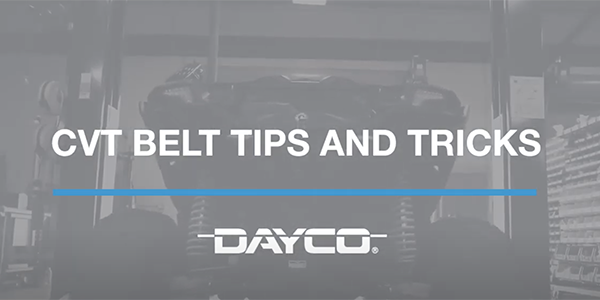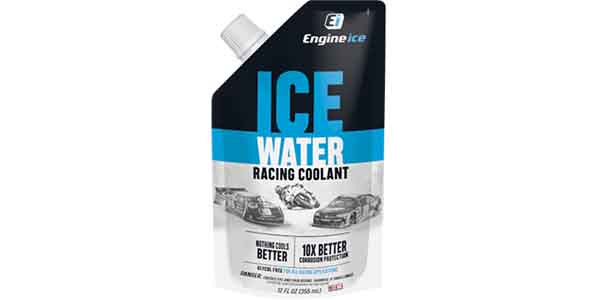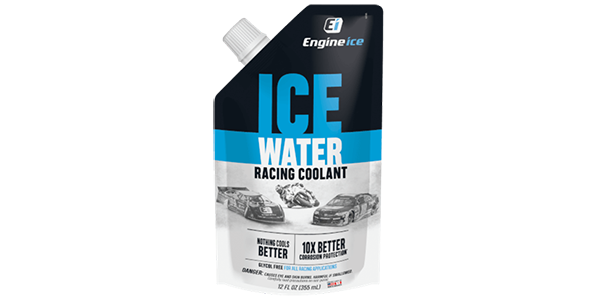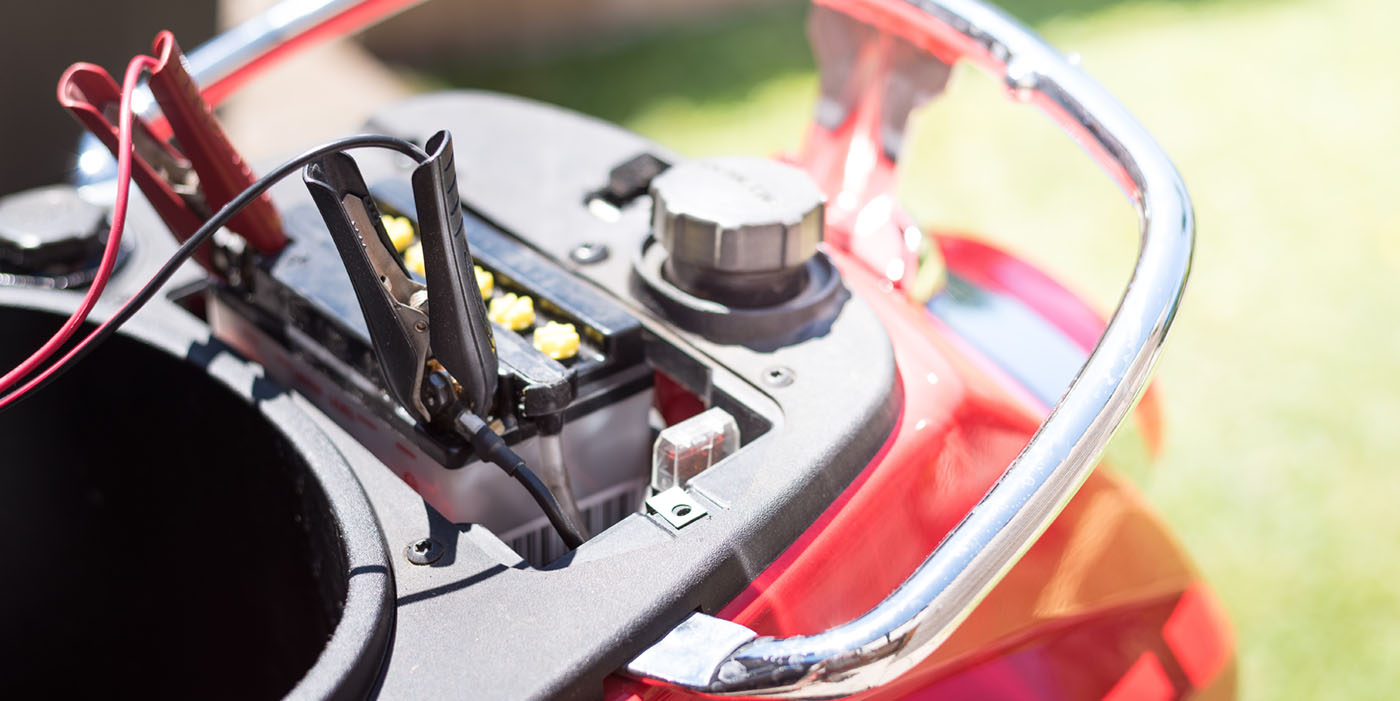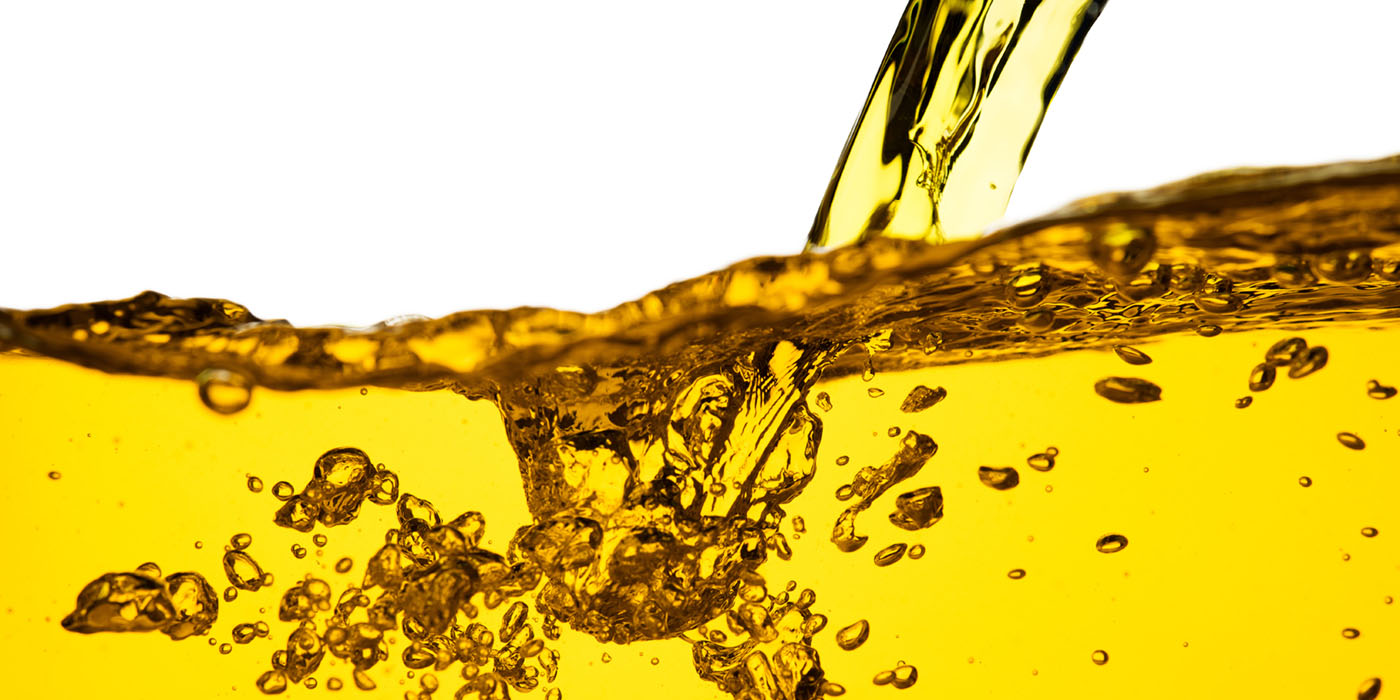Other than a few cast iron cylinders here and there, the metal that contacts the coolant in powersports engines and cooling systems is mostly aluminum: cylinder heads, cylinder blocks, water pumps and radiators. Aluminum is vulnerable to corrosion, and the corrosion inhibitors in antifreeze deteriorate over time.
Most OEMs recommend replacing engine coolant every two years or 24,000 miles to prevent corrosion. The fresher the coolant, the less corrosion will build up in the system, and the more efficiently the cooling system will function.
Always drain the coolant with a cool engine. Remove the radiator cap in two stages. Allow any built-up pressure to vent and then open the cap all the way and remove it.
There is usually a drain bolt on the water pump. The drain bolt will have a sealing washer, and often the bolt will have a chrome finish. Use the service manual to identify the correct bolt. Remove the drain bolt and sealing washer and allow the coolant to drain into a suitable container.
Install the coolant drain bolt with a new sealing washer. Tighten the drain bolt securely or to specification if given.
Remove the siphon hose to drain the coolant out of the reserve tank when applicable. On some models the reserve tank may need to be removed in order to drain the coolant. Some models may have additional drain bolts for cylinders or radiators or may even require a coolant hose be disconnected to fully drain the system. Consult the service manual for more information on the particular model’s cooling system.
There are three main types of antifreeze: ethylene glycol (EG), propylene glycol (PG) and organic acid technology (OAT). These types should not be mixed under any circumstance. Flush the system before switching coolant types.
If the antifreeze is a concentrate, it will require mixing with water before filling. Only use distilled water to mix with antifreeze concentrate. In most cases, the antifreeze to water ratio is 50/50. In cases of extreme cold, the antifreeze concentrate can be increased up to 70% of the solution. If the coolant is pre-diluted, it doesn’t require mixing with water before use and will state this on the container.
Slowly pour the new coolant into the radiator filler neck until it reaches the bottom of the neck. Fill the reserve tank to the FULL line. Consult the service manual for the particular vehicle to find if there are any bleed screws or procedures in the system to aid in air bleeding.
With the radiator cap off, start the engine and let it run for several minutes. Blip the throttle and rev the engine a few times. This will purge any air out of the cooling system. Add coolant to the radiator and the reserve tank as needed. When the air bubbles stop coming up, turn off the engine and make sure the coolant level is correct.
When the coolant level appears to be correct, install the radiator cap and start the engine. As the engine runs, make sure the cooling system is cycling correctly. The radiator should start to get warm as the coolant circulates absorbing heat from the engine. If a fan is equipped, the fan should eventually turn on. The fan should turn off when the temperature has been reduced to the specified point with no warning lights, indicating the system is functioning properly.
If the engine has been running for a few minutes and the radiator is not warming, there is most likely air trapped somewhere in the system. If this is the case, repeat the air bleeding process and inspect the thermostat if necessary. Stop the engine and allow it plenty of time to cool before doing a final coolant level check. Make sure all drain and bleed screws are tight and the system is free of leaks.

